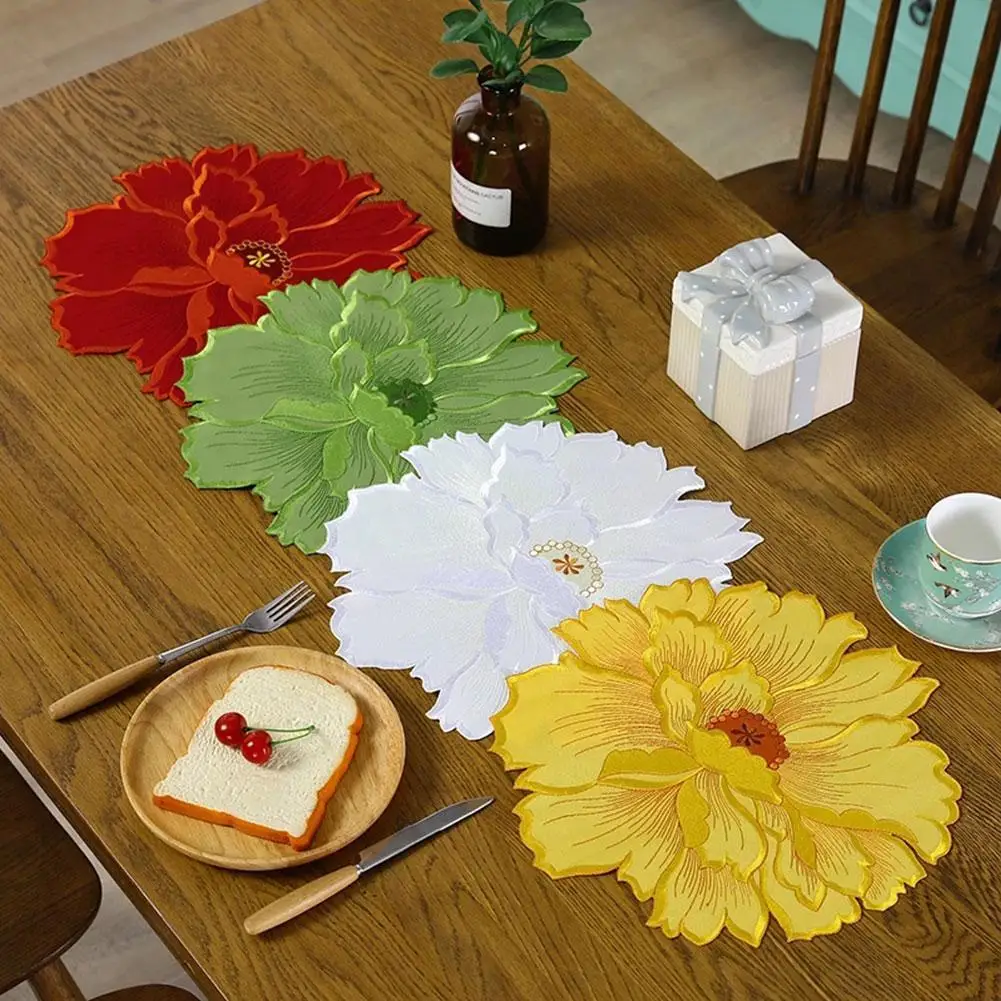Top News Sites for Beginners
Top News Sites for Beginners
Blog Article
The Single Strategy To Use For Unique Art
Table of ContentsThe Buzz on Unique ArtTop Guidelines Of Unique ArtAll about Unique ArtSome Known Details About Unique Art
While one could discuss which art kind holds precedence, the reality continues to be that each of these 7 types gives a distinct window into human background, society, and evolution. They are the tapestries that chronicle our trip, reminding us of our past while inspiring visions for the future.Great art work narrates, makes individuals look twice, and creates an unique experience that can not be matched. Art and images interact all of that via color, shape and other design elements. Learn how to make your unique art work stand apart from the crowd.
3 Emil DervishIn this entranceway by Emil Dervish that beautiful cobalt blue door swipes the show. To bring much more drama, he prolonged the paint. to the doorframe and the wall surface up, completing in an arched shape. The curves, together with a spherical sconce, soften the edges - Unique Art. Frames classic posters and maps of cherished places set the scene.
8 TRIA GIOVANEqual parts grand and laidback, this entrance hall developed by Anthony Baratta is the excellent plan to comply with if you're decorating an official entry that still really feels unfussy and comfortable. Formed textiles take facility phase (see the rugs and the couch), however they additionally aid bring the high ceilings down to a human range when hung over wallpaper.
The Best Guide To Unique Art
18 Heidi Caillier DesignA gallery wall doesn't require to take up the entire room. As a matter of fact, often a small one can make a larger design declaration. In this living-room, Hiedi Caillier chose for micro-mini frameworks and an arbitrary composition. Advertisement - Continue Reading Below19 Stephen Kent JohnsonDesigner Juan Carretero selected a deep green paint color to contrast with the light wood surfaces.
The aspects of this languageits shapes, lines, colours, tones, and texturesare made use of in numerous means to generate sensations of quantity, room, activity, and light on a level surface. These components are incorporated into meaningful patterns in order to represent genuine or mythological sensations, to interpret a narrative style, or to produce completely abstract aesthetic relationships.
Later on the idea of the "great artist" developed in Asia and Renaissance Europe. During the 19th century painters in Western societies began to lose their social placement and safe and secure patronage.
Unique Art Can Be Fun For Anyone
Others gained a revenue through exploring exhibitions of their job. The need to appeal to an industry had actually changed the comparable (if much less impersonal) demands of patronage, and its result on the art itself was possibly comparable. Typically, artists in the 20th century might get to an audience just with industrial galleries and public galleries, although their work might have been sometimes reproduced in art periodicals
For the background of painting in ancient Egypt, see Egyptian art and style. The development of paint in different areas is dealt with in a number of posts: Western paint; African art; Main Oriental arts; Chinese paint; Islamic arts; Japanese art; Oriental art; Native American art; Nautical art and architecture; South Oriental arts; Southeast Asian arts. It is the feeling of certainty in this formal organization that gives an excellent painting its self-sufficiency and presence. The colours and positioning of the primary pictures in a design might be in some cases greatly determined by representational and symbolic considerations. Yet it is the formal interplay of colours and forms that alone can interacting a particular image source mood, generating optical sensations of space, quantity, movement, and light and producing forces of both harmony and tension, even when a paint's narrative meaning is odd.
Don't replicate the design of other musicians if you're searching for your style. Copying other people's art work can be wonderful in instructional objectives yet it will not make you closer to finding your very own unique style. Your imaginative design has to be, what you like and what influences you.

Facts About Unique Art Revealed
You require to attempt great deals of various options and check out every little thing before you can concentrate on one particular design or you'll be burnt out, or worse, you'll dislike your very own design. I suggest you to try every solitary subject that you're interested in, look here explore as much as you can. Try different mediums that thrill you and brand-new techniques you have actually never tried prior to.
With time you'll have the ability to sort all of them right into your favored and least favored categories. Attempt to concentrate your focus on the topics and tools that you like and prior to you see it coming you'll have your very own individual and unique click to find out more style, like no one else have! So in the end you'll have a few preferred topics to repaint and possibly a few favored mediums.

Report this page